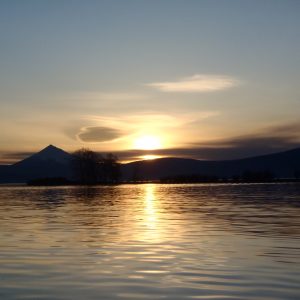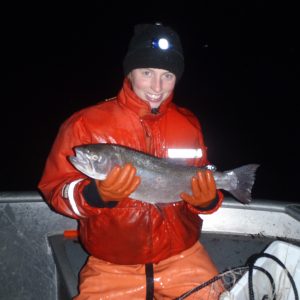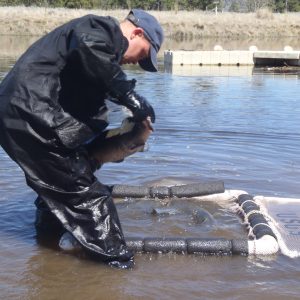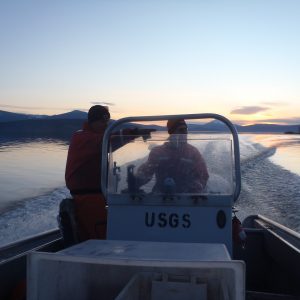Night surveys are rough. That being said, myself and my fellow interns had a blast doing just that down in Modoc County, California. Our goal was to gather data regarding Modoc suckers. If their populations look to be in good shape USFWS will begin the process of downlisting their status.

Modoc sucker (pic from OSU)
The general protocol was to walk streams at night with high powered flashlights and count said fish (they are fairly immobile at night, making them easier to count). This also involved camping in the beautiful Modoc National Forest. In fact, one of the greatest perks of this job (as I’m sure it is with many interns) is the locations we get to visit, both on the job and off. We are surrounded by so many amazing adventuring opportunities. From snow-shoeing at Crater Lake to watching the eclipse at Lava Beds National Monument to mushroom hunting in the Cascades (we found morels!) it has been wonderful exploring Klamath Falls’ surroundings. We look forward to new frontiers as we head to Gearhart Mountain Wilderness Area for several weeks of Bull trout surveys after the CLM training in Chicago.

Crater Lake










